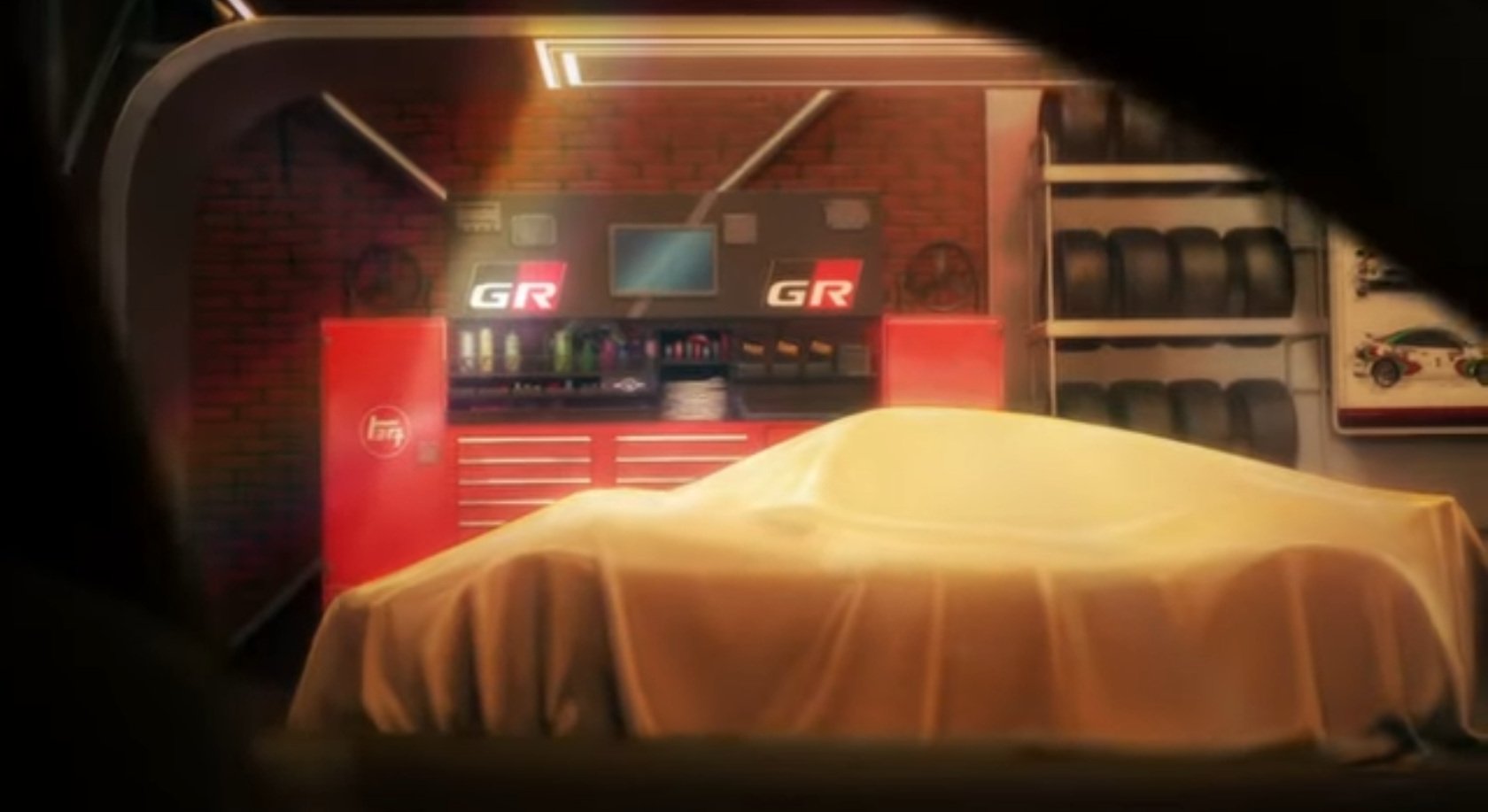Universal NACS Adoption – Be Careful What You Wish For
By Edward A. Sanchez — March 21, 2024
Technological developments in which one standard becomes predominant are rarely without their hiccups. While in the fullness of time, the development may be positive, in the short run, there are often growing pains, compatibility issues, need to get adapters or update software, or in some cases, rendering some hardware or software obsolete. We’re starting to see the early stages of that happening in North America with the adoption of the Tesla-developed North American Charging Standard (NACS) protocol (or J3400, if you want to be brand-agnostic about it).
The idea of universal adoption of the “Tesla” standard has been batted around in various forms since 2015, when CEO Elon Musk said the company was in talks with other OEMs to open Superchargers to other brands. At the time, the discussion was limited to Europe, and was facilitated largely by the pending universal adoption (by EU mandate) of the CharIN consortium’s CCS2 standard, which all EVs (including Teslas) now have in the European market. At the time, Tesla still used its proprietary plug and port standard, but starting transitioning to CCS2.
Many assumed Tesla would also eventually give up its proprietary design in the North American market as well, and adopt the region-specific CCS1. Well, that didn’t end up happening, for a variety of reasons. Tesla first proposed NACS, using that terminology, in November 2022. At the time, industry-wide adoption still seemed like a long-shot to many, despite the many advantages of both the Supercharger network, and the ease-of-use of its smaller plug and port design.
In May 2023, Ford shocked the industry with its official announcement that it would be adopting the NACS standard starting with the 2025 model year, and would be working on an interoperability solution in the meantime allowing for models currently equipped with CCS1 charging ports to utilize the Supercharger network.
In the weeks and months that followed, General Motors, Rivian, Mercedes-Benz, Honda, and for all intents, the rest of the automotive industry in North America announced it would be following suit.
The Society of Automotive Engineers (SAE) announced the formation of a standards committee and task force in June 2023, just one month after Ford’s announcement. Laying the groundwork for NACS to transition from being a proprietary protocol to an actual “standard,” a criticism leveled against it in the early days from CharIN, the Europe-based standards organization that had collaboratively developed CCS1 and CCS2.
The speed at which this transition and adoption took place surprised many, and it has implications for multiple stakeholders, including OEMs, EV owners, and charging network operators. I can confidently assure you that the transition to J3400 becoming the predominant standard will not be altogether smooth and seamless. The “walled garden” Tesla owners have had for the past decade will gradually disappear as other EVs start using the Supercharger network. Adding to the chaos is the varying charge port locations on EVs, as opposed to Tesla’s consistent left-rear corner placement. Tesla is even quietly suggesting non-Tesla vehicles straddle two charging spots if necessary to charge. I can already see social media erupting with rage posts from Tesla owners complaining about Mach-E, Lightning, and other EV owners taking up two charging stalls.
As more charging stalls in the Supercharger network are upgraded to V4, which sport longer cables, this will gradually become less of an issue, but in the meantime, there will be plenty of low-level resentment, if not public hostility toward these newcomers. There’s also the issue of Tesla losing its implicit advantage of the exclusivity of the Supercharger network, a major reason why many buyers chose a Tesla over competing EV models.
While I believe the universal adoption and implementation of J3400 will ultimately be a positive for EV owners, I am expecting an awkward transitional period, some low-level resentment, hurt feelings, verbal confrontations, and complaints toward charging networks that don’t update their charging stations with the new plugs as quickly as new EV models come to market. Even among some friends that are current EV owners, there is confusion about the difference between J1772 and J3400 adapters, and a belief that they “already have it.”
For many, though, home charging will remain the same. I’m thankful I have the provision of 240V charging at home. Many do not, and have to rely on either excruciatingly slow Level 1 120V charging, or the public DCFC charging that is facing this fascinating transition.
Truly, the large-scale transition to EVs will be interesting, and it will be far from painless.
(Image courtesy Ford)








